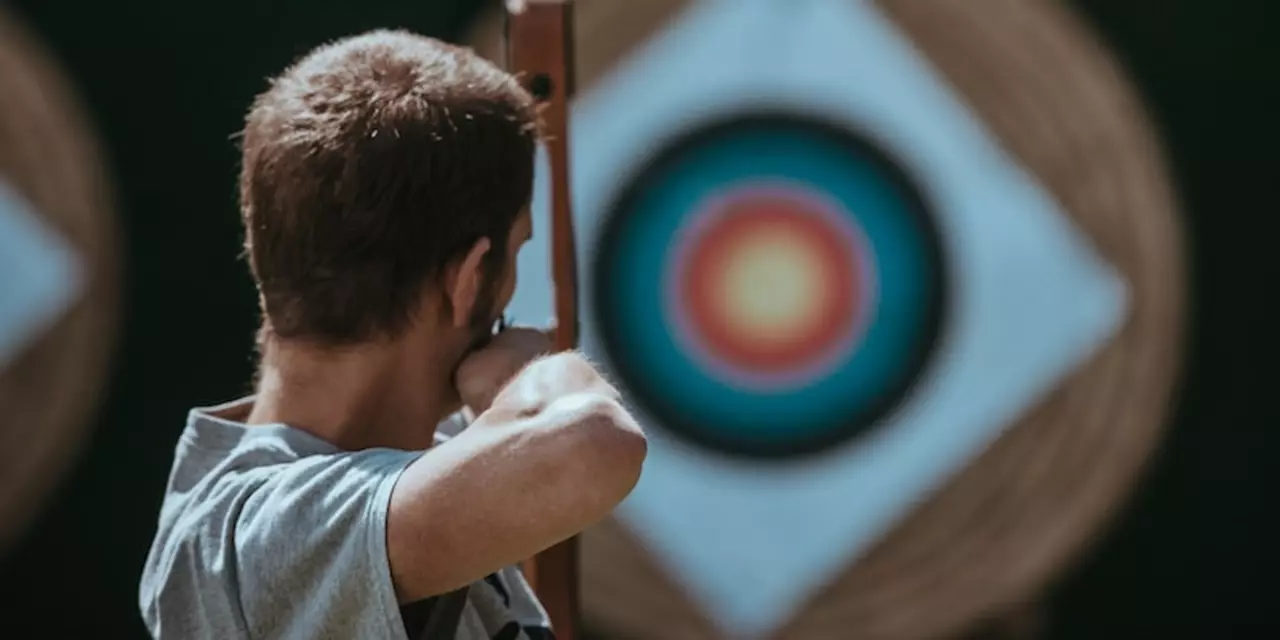Practice Insights: Why Changing Locations Improves Sports Training
Ever wonder why your favorite NFL team heads to a different field for a few weeks, or why a basketball squad books a mountain retreat? It isn’t just a change of scenery. Switching practice venues can sharpen skills, keep minds fresh, and give a competitive edge.
First off, a new surface forces players to adjust their footing and timing. Running on grass feels different from synthetic turf, and that tiny shift can improve balance and coordination. When athletes learn to adapt quickly, they’re better prepared for any game‑day condition.
Benefits of Switching Practice Venues
Varied environments also hit the mental side of performance. A familiar locker room can become complacent; a new stadium revs up focus. The novelty triggers a dopamine boost, making drills feel more engaging. That extra mental push often translates into sharper decision‑making during real matches.
Traveling to alternate sites can simulate away‑game pressures. Players practice under the stress of unfamiliar crowds, different climate, or altitude. By rehearsing these challenges, the squad builds resilience – they’re less likely to get rattled when the real thing hits.
Logistically, changing locations can save wear and tear on the home facility. Giving a primary field a break extends its lifespan and reduces injury risk from over‑used surfaces. Meanwhile, secondary venues get a chance to stay in shape, ensuring the whole club has reliable options year‑round.
Practical Tips to Get the Most from Every Session
1. Plan ahead. Map out the reasons for each move – be it altitude training, crowd simulation, or just a change of pace. Having clear goals keeps the shift purposeful.
2. Bring core drills. No matter the location, core exercises like passing circuits or agility ladders stay the same. Consistency in fundamentals ensures the new setting doesn’t disrupt progress.
3. Adapt equipment. Check the field dimensions, turf type, and lighting before you arrive. Adjust gear – shoes, balls, even training cones – to match the conditions.
4. Use the environment. If you’re at a high‑altitude gym, incorporate breathing drills. On a slippery surface, add stability work. Turning challenges into training tools speeds up adaptation.
5. Gather feedback. After each session, ask players what felt different and why. Their insights help refine future venue choices and highlight hidden benefits.
Remember, the goal isn’t just a change of backdrop; it’s to make every practice count. When you mix up locations, you force the team to stay alert, stay flexible, and stay hungry. That mindset carries over to the scoreboard.
So next time you hear a coach booking a practice trip to a neighboring city, know it’s a strategic move, not a holiday. The right venue at the right time can be the difference between a good season and a great one.
How many different sports have you practiced?
Sports have been an important part of many people's lives since ancient times. They provide a way to stay in shape, have fun, and socialize with others. There are many different types of sports that can be practiced, ranging from team sports to individual sports to extreme sports. Each type of sport provides its own unique set of challenges, skills, and benefits. Knowing which sports you have participated in can help you decide which sport or sports you want to focus on. Additionally, it is important to understand the different types of sports and how they can benefit you both physically and mentally.
